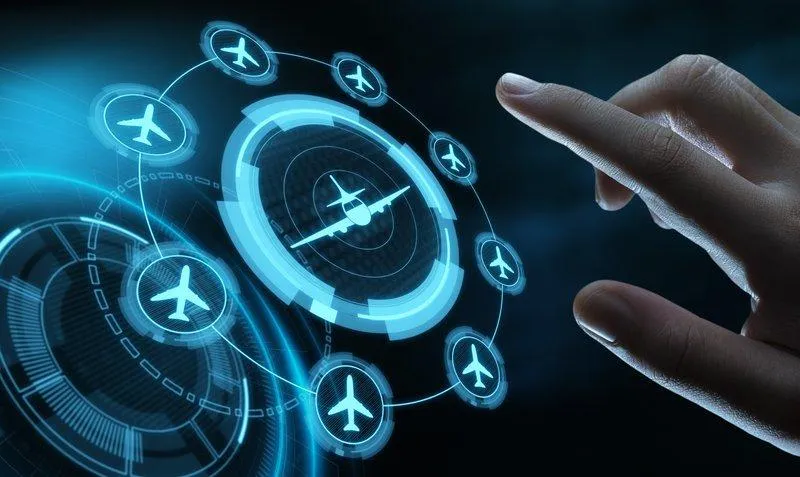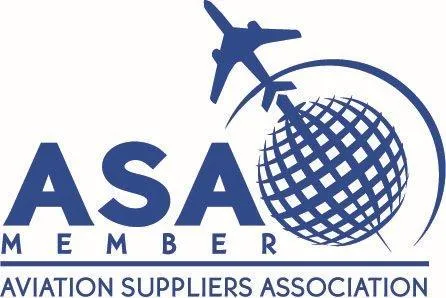
Reduce Frustration in the Back-to-Birth (BtB) Transaction Process with a Sound Digitizing Strategy
The BtB transaction process frustrates companies that use old, manual methods. ProvenAir’s digital platform fixes that struggle.
The heavily regulated and safety-conscious airline industry faces numerous challenges in the vital BtB transaction process. Every modification in the life of a part or system must be documented. A back-to-birth trace has traditionally been done manually, which is the source of frustrations for errors and a waste of money and time.
Digitizing documentation is the future of aviation. It cuts the amount of manual work and the number of mistakes. Both aviation safety regulators and aircraft owners are beginning to understand this need for digitization. They realize the advantages and are upgrading to automated record-keeping.
Such digital documentation outperforms manual methods and generates algorithms that deliver fresh insights into the BtB transaction process. In addition, artificial intelligence (AI) boosts the speed and accuracy of the analysis.
The need for improved record-keeping is clearly felt in all aviation business operations, but it becomes especially pronounced during sales. Lack of traceability can cost millions of dollars or undermine a transaction. It’s also a safety risk. Owners and airlines should have modern tools available for the BtB transaction process.
Accurate data is critical for determining the usable duration of life-limited parts such as landing gear, engines, and auxiliary power units (APUs). Authorities and counterparties expect correct data. However, creating and maintaining BtB traces can be challenging to do well.

Why BtB Traceability Is Essential in Aviation
There are thousands of parts in a single aircraft, each of which is indispensable. A life-limited part may fail if used after it has reached its limit. That leaves no room for guesswork when it comes to determining the source and condition of parts. Therefore, the BtB transaction process is necessary for the safety and profitability of aviation businesses.
However, maintaining totally accurate BtB traces can be quite complex. For instance, life-limited parts may need repairs or have worked with components from different aircraft under different authorities. Traceability ensures that life-limited parts don’t exceed their serviceable lives.
Traces become more frustrating throughout aircraft operations. The process depends on tracking log cards and certificates of aircraft whose sub-assemblies also contain components that may have moved through various transfers or repairs.
Managing the complexity becomes a challenge in itself. In fact, documentation often has gaps and inaccuracies. Identifying each and every move on each and every part going back to its manufacture isn’t attainable by hand.
Without fully accurate traceability, you risk a landing gear or engine malfunction. There wouldn’t be on-demand documentation to demonstrate the airworthiness of each part. A single typo is enough to make parts untrustworthy, and manual records can be far worse than a single typo.
Before a transaction, during operations, and after maintenance, companies should have complete BtB traceability. Regulations demand it, and it would be unethical—and potentially dangerous—to cut corners when it comes to safe flying.
The importance of BtB traceability applies throughout the aviation supply chain. Accurate documentation is critical for every organization in the industry, from airlines and lessors to manufacturers, repairs, and overhauls (MROs). The manual techniques that have remained widespread are not up to the task. It’s time for a digital revolution.

Improving the Back-to-Birth Transaction Process Through a Digitizing Strategy
Bringing the back-to-birth transaction process up to today’s digital standards is the key to accuracy. Aviation businesses have invested in new technology over the last few years in a bid to regain ground lost during COVID-19 travel and transportation restrictions. Now, record-keeping is poised to join the trend.
Digital traceability solves the problems of manual procedures. Instead of dealing with slow and error-prone human processes, you get fast and correct information. You can also instantly determine the full life course of any aircraft part.
A digital platform brings all the benefits we’re familiar with, from the daily use of cloud software and smartphone apps to making it easy to track essential data. In this case, we’re looking at dynamic reports for part traceability. You can find any maintenance records as easily as a web search.
Digitizing records also ensures all parts are accounted for and streamlines stakeholder collaboration. It’s simple for multiple analysts to add notes to the records and review each other’s work. This makes business processes cleaner and more efficient.
For example, several people can use the digital platform to insert and find data like serial numbers, cycles per thrust rating, cycles flown since new, and cycles flew since overhaul. And unlike conventional approaches to traceability, you can trust the data will be completely accurate—regardless of where parts have gone.

Digitize Your Back-to-Birth Transaction Process with ProvenAir
Digitizing the traceability of aircraft parts turns up errors companies didn’t even know were there. It also speeds up parts-related processes because you can quickly find the necessary information. Fast and accurate BtB traceability has become imperative to avoid costly problems. Digitizing documentation with ProvenAir’s solution adds value to your existing data and accelerates your new data operations.
ProvenAir innovated the digital back-to-birth solution and offers unequaled functionality. The technology automatically arranges all documentation pertaining to each aircraft part. You don’t have to track revisions or manage folders by hand. The solution also helps you investigate part relationships and events.
These features are straightforward for anyone to use. Whether your organization is an airline, a lessor, a supplier, or an MRO, you’ll find the interface clear and intuitive. It’s a productivity-boosting tool that saves time and money while eliminating errors.
Experience the next generation of aviation record-keeping. There’s no other solution like it. Contact ProvenAir now to digitize your BtB transaction process.


